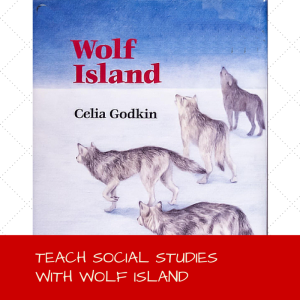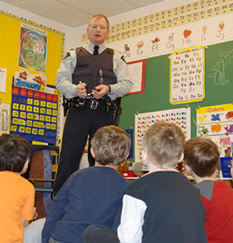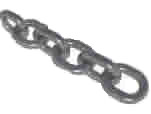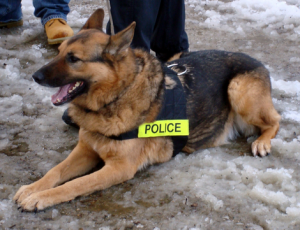The story, Wolf Island by Celia Godkin, is perfect for teaching the topic of, “Their environment and how to care for it”, mentioned in the list of social studies topics.
It’s a tale about a family of wolves that leave their island home. Before the wolves leave, the island is a healthy environment for all the animals living there.
After the wolves leave, the delicate balance of the food chain is altered and the story demonstrates the consequences.
This book is based on a true story, is beautifully illustrated and introduces young children to the dependence of animals to one other.
Without predators, the deer population grows and they eat so many plants that the mice and rabbits suffer and have fewer babies.
This means less food for owls and foxes. When the deer return, the natural balance is restored. Take about two weeks for the five activities below, adding one or two concepts at a time.
Wolf Island Activities

These social studies mapping activities are best to introduce after your students have completed the activities on the, “Rosie’s Walk” post
1. Make a large map of the island
- After reading the story a few times, have the children ask questions and talk about the illustrations
- Point out the illustrations that show a big portion of the island
- The teacher makes a big chart outline drawing of the main land and island and shows the parts to the children
- Children draw and color the water, draw trees, rocks, and caves directly on the map (it doesn’t have to look the same as the book!)
- Have children draw, color and cut out the animals in the story and glue them onto the map
View posters showing geographical terms and post them in learning centers for students to look at and provide map puzzles for children to assemble, map sticker activity sets, and other social studies toys.
2. Introduce Food Chains
When teaching early childhood social studies concepts, be sure to keep experiences concrete. Don’t assume that children have had previous experiences with chains or the terms links or food chain.
- Bring a piece of chain into the classroom before talking about the food chain
- Help children understand the terminology – talk about what a chain is, show them what a link looks like and how each link is connected to the next link (put it in the science center for children to touch)
- Make a class chart showing each animal mentioned in the story (photocopy them from the book).
- Have the kids draw pictures of what each animal on the chart eats
- Children tape their drawings near the picture of the animal that eats it
- Introduce the idea of a food chain and that each animal is linked to another because it provides food for another animal
- Talk about what happened on Wolf Island when the wolves left
- Introduce the following terms as you read and reread, “Wolf Island”:
- environment, herbivore, carnivore, omnivore, predator, prey
- Social studies extension – Show pictures of other environments like a desert or jungle. How are they different from Wolf Island? the same?
3. Keep kindergarten and early childhood social studies concepts simple:
- A food chain is easier to understand than a food web.
- A food chain follows a single path as the animals eat each other.
- The grass is eaten by a grasshopper.
- The grasshopper is eaten by a frog.
- The frog is eaten by a snake.
- The snake is eaten by a hawk.
- Food webs are more complicated.
- They show how animals and plants are interconnected.
- Trees produce pinecone seeds that are eaten by mice and squirrels.
- Insects in the pinecones are eaten by birds.
- Hawks and owls can find food as there are lots of birds and small animals to eat.
- The animals and plants are interconnected by different paths.
- The sun is introduced as a source of energy.
4. Compare and contrast a wolf with the familiar…

Studying wolves goes against my preference of keeping preschool and kindergarten themes to topics that the children can touch and feel but as there are not too many friendly wolves around for kids to handle, substituting large dogs is another way to go!
 To make wolf stories more meaningful to the children, introduce the dog as the wolf’s relative. Cropped photo of police dog below, courtesy of Sean Svadilfar and Flickr.
To make wolf stories more meaningful to the children, introduce the dog as the wolf’s relative. Cropped photo of police dog below, courtesy of Sean Svadilfar and Flickr.
My students enjoyed listening to wolf and fox stories, such as, the Gunniwolf, Wolf Island, Rosie’s Walk, Hattie and the Fox, Lon Po Po and Little Red Riding Hood stories so much, that I tried to develop activities that allowed for investigation, problem solving and inquiry.
- Arrange a policeman with a police dog (German Shepard) to visit the school to talk about stranger safety
- Invite questions from the students
- Prompt the children to ask about the dog’s needs
- If permitted, take a paw print of the dog’s foot with paint or press it into Playdoh™.
- Compare the dog foot print with a life size picture of a wolf footprint.
- After the dog leaves, discuss how a wolf is similar or different to the police dog
- Have the children draw and record their observations in their journals
- Similarities/differences suggestions:
appearance, needs – water, sleep, shelter, food
- Similarities/differences suggestions:
5. Math – Graph “My favorite book”
- Graph all wolf and fox stories mentioned by placing the actual books on a graphing map and have children place a block on the row to signify their favorite story
- Count and record how many children liked each book
- Use terms such as more children liked and fewer children liked…
- Read more about kindergarten graphing…
Connect kindergarten and early childhood social studies to literature to enrich social studies and other concepts.
Sample Social Studies books:
Peter Spier’s “People” to teach about world cultures
Lewin’s books, such as Market, are now out of print but available second hand. Market explores marketplaces all over the world and explores ethnic diversity.How Much? – Visiting Markets Around the World explores marketplaces on four continents.
This book shows children what it must be like to feel different and alone.
Joan Sweeney’s, ” Me on the Map”, to teach mapping skills
Celia Godkin’s, “Wolf Island” to teach about the environment and how to care for it.





